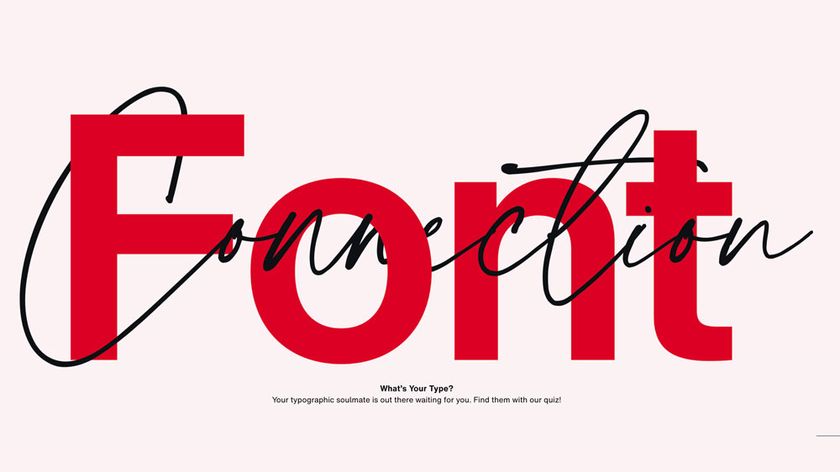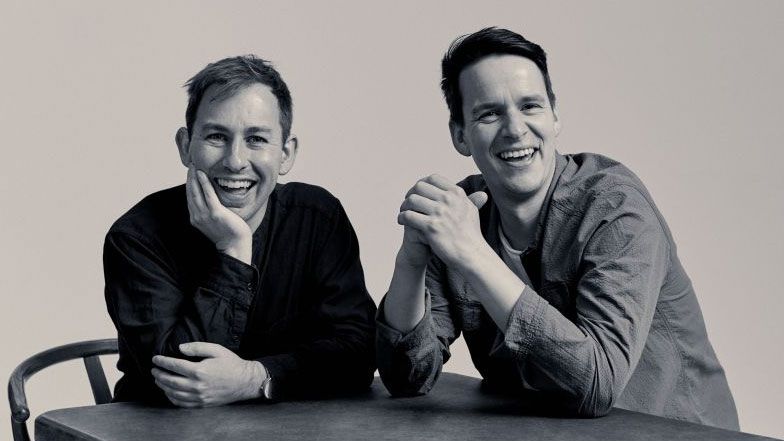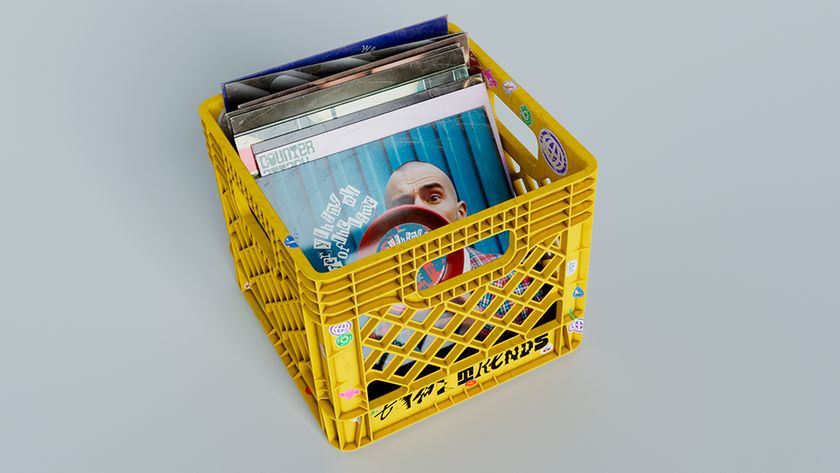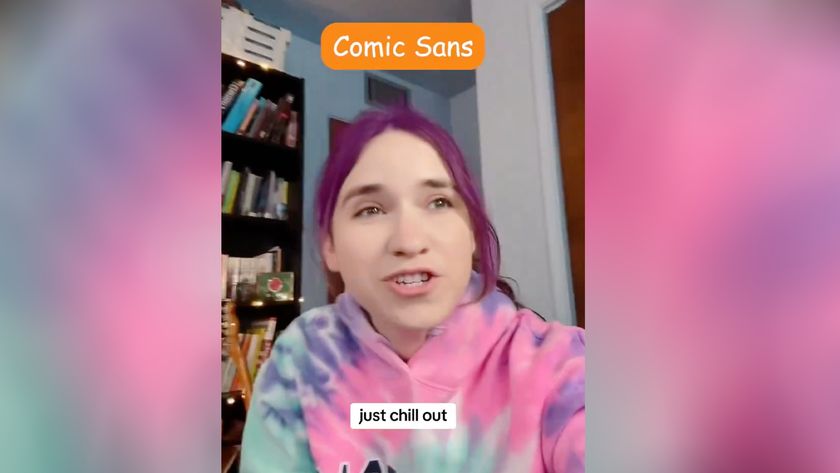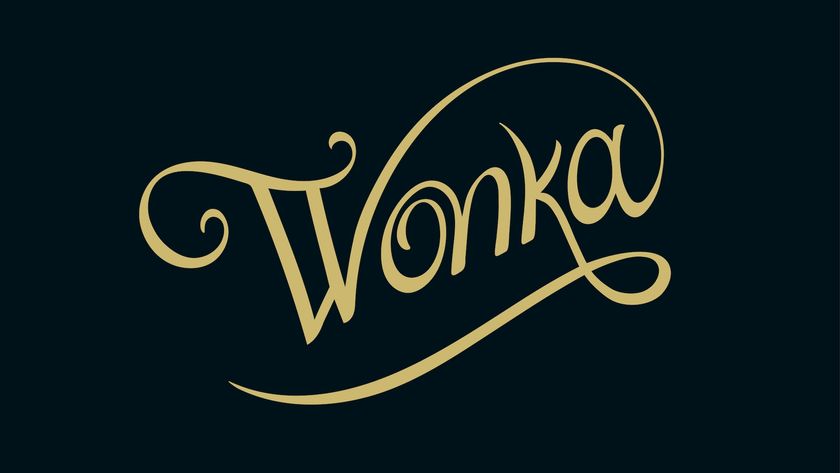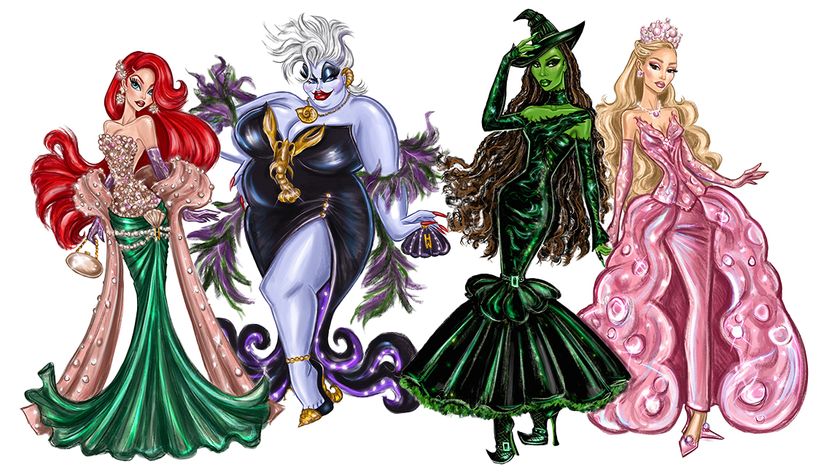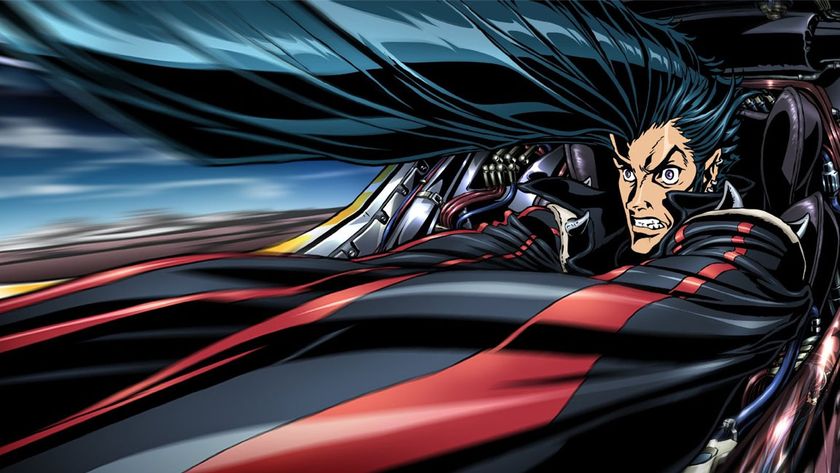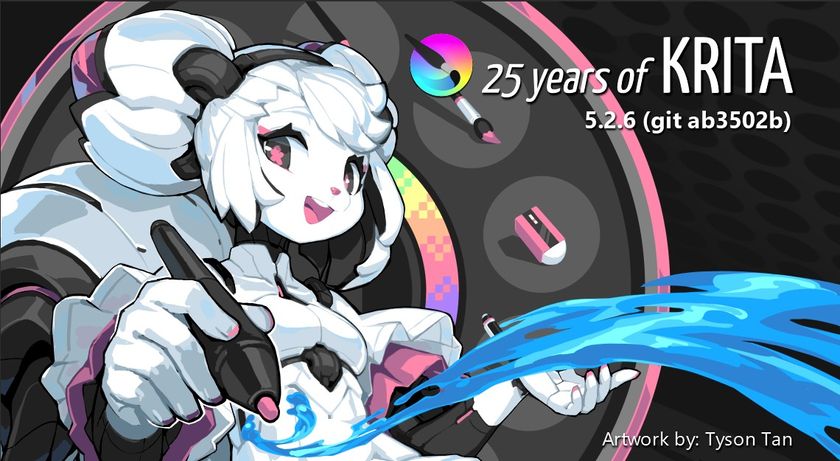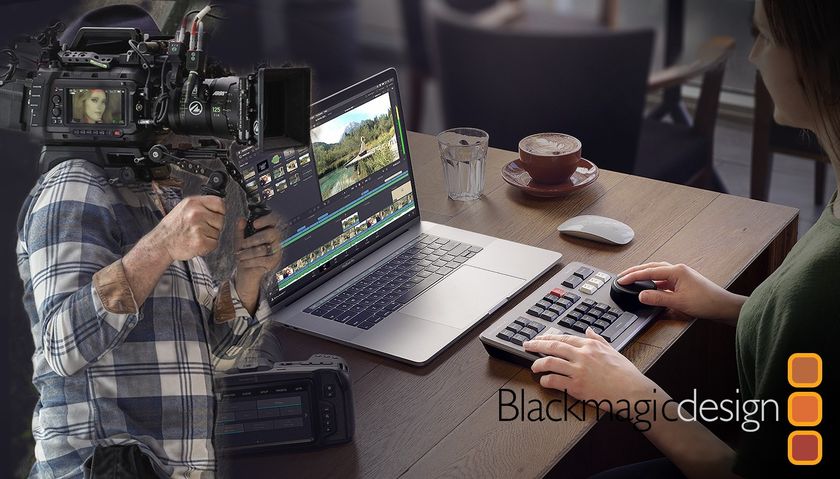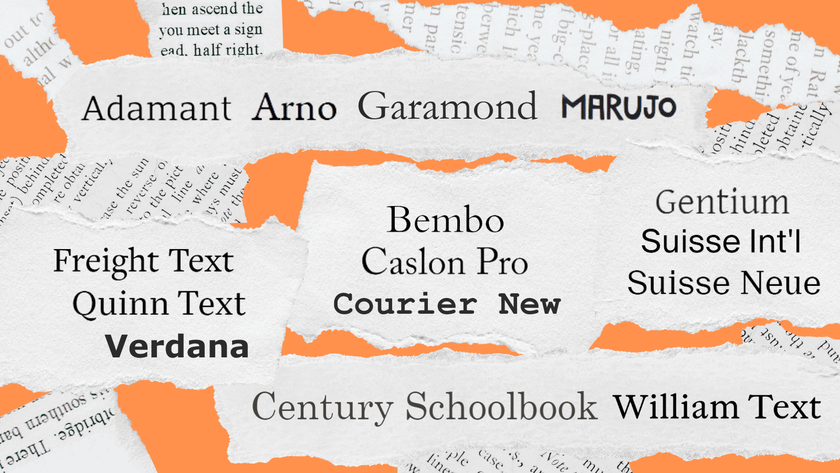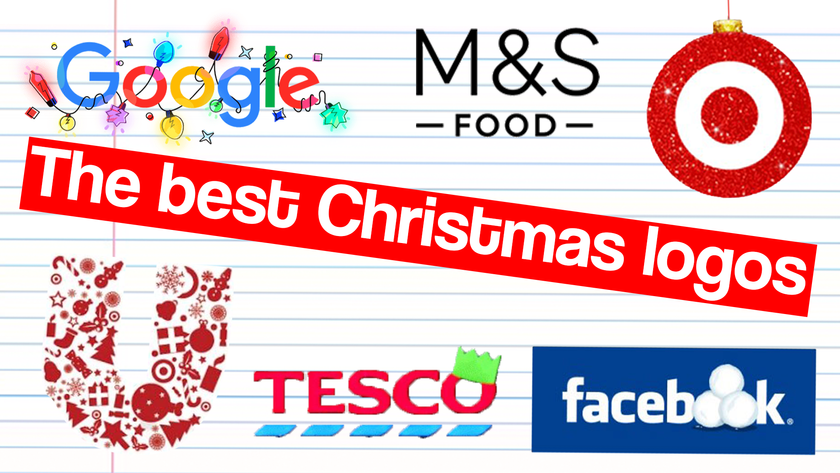5 creative uses for fonts you may not have thought of
Check out these creative projects, all using fonts in new and unusual ways.
Until recently, a font was something you could only use in two dimensions. But accessible and affordable 3D printing has opened up a whole new world of possibilities for creative uses of fonts that you might never have thought of.
In this post, we bring you five new ways that fonts are being used in art and design. Of course, there are no doubt many more, so feel free to share your favourite projects in the comments below.
01. To create artwork
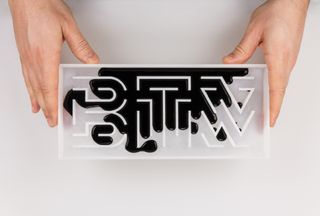
The ability to print fonts in 3D has led many creatives to start experimenting with this as a new way to produce art. Take Dusseldorf-based designer Thomas Wirtz’s art project By the Way. 3D-printing popular internet expressions such as ‘BTW’, ‘FYI’ and ‘POV’, and interweaving them to create maze-like structures, he makes a powerful comment on today’s digital culture.
Another unusual and creative use of fonts can be seen in the art project Arkitypo, a collaboration between Johnson Banks and London college Ravensbourne. Aimed at testing and showcasing the latter’s in-house 3D prototyping skills and technology, each letterform does something new and exciting with a classic typeface.
For example, the ‘g’ uses Gill Sans to construct a pair of glasses (its original creator, Eric Gill, is quoted as saying, “I will make a ‘g’ rather like a pair of spectacles”).
02. To make font-themed food
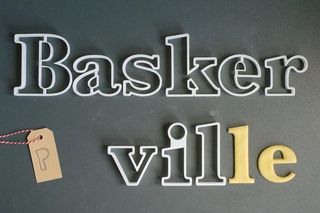
If you love both cookies and typography, then a 3D-printed font cookie cutter is a great way to have letter-related fun with your food. That’s the thinking behind Dutch food-and-type designer Wouter Nicolai’s one-man business, Printmeneer, which provides cookie cutters in Garamond, Baskerville, Futura and Helvetica. Tasty.
03. To make letterpress blocks
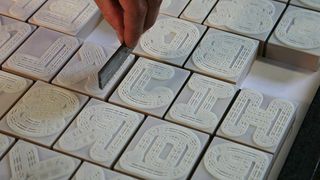
The world likes balance, and so it’s not surprising that as our work has become more and more digitised, there’s been a renewed interest in older, analogue forms of printing.
But now there’s a new twist in this interplay between the old and the new, with Richard Ardagh at New North Press teaming up with 3D specialist Chalk Studios and font foundry A2-TYPE to produce what they believe to be the world’s first 3D printed letterpress blocks.
These characters were used to create four posters ready for the exhibition at the V&A Museum during London Design Week. You can learn more about how and why they were created here.
04. To construct a city skyline

If using fonts to 3D-print letterpress blocks wasn’t mind-scrambling enough, what about using them to create actual type? That’s exactly what Hongtao Zhou, professor at the College of Design and Innovation at Tongji University in Shanghai, has done with this innovative project, titled simply ‘3D Printed Typeface’.
These typefaces, however, are not for practical use in type setting, but have been used to construct a series of exhibits, including the stunning New York skyline shown above. You can learn more about the project here.
05. To make 3D book covers
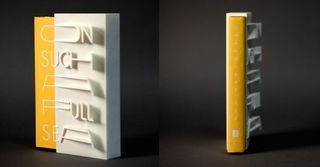
When you’re innovating with the use of fonts, books are an obvious place to start. And so Riverhead Books released On Such a Full Sea by Chang-Rae Lee, with what it claimed to be the world’s first 3D-printed book cover. Featuring a three-dimensional take on Futura, this limited-edition cover was designed by Riverhead art director Helen Yentus and produced by Brooklyn-based MakerBot.

Thank you for reading 5 articles this month* Join now for unlimited access
Enjoy your first month for just £1 / $1 / €1
*Read 5 free articles per month without a subscription

Join now for unlimited access
Try first month for just £1 / $1 / €1
Get the Creative Bloq Newsletter
Daily design news, reviews, how-tos and more, as picked by the editors.
Tom May is an award-winning journalist and editor specialising in design, photography and technology. Author of the Amazon #1 bestseller Great TED Talks: Creativity, published by Pavilion Books, Tom was previously editor of Professional Photography magazine, associate editor at Creative Bloq, and deputy editor at net magazine. Today, he is a regular contributor to Creative Bloq and its sister sites Digital Camera World, T3.com and Tech Radar. He also writes for Creative Boom and works on content marketing projects.
